Blood Pattern Analysis: Techniques and Limitations in Forensics
VerifiedAdded on 2023/04/21
|6
|1091
|354
Report
AI Summary
This report provides a comprehensive analysis of blood pattern analysis, a crucial aspect of forensic science used in crime scene investigations. It identifies five potential locations where blood patterns might be observed, including the weapon (baton), walls, and the area where the body was found. The report details the types of blood patterns expected in each location, such as passive spatter, swipe patterns, and impact stains, explaining how these patterns can provide insights into the events that occurred. Furthermore, the report addresses the limitations of blood pattern analysis, focusing on cognitive biases, potential errors in interpretation, and the impact of environmental factors on bloodstain morphology. The report concludes by emphasizing the importance of considering these limitations to ensure accurate and reliable forensic investigations. Desklib offers a variety of solved assignments and past papers for students seeking to enhance their understanding of forensic science.
1 out of 6
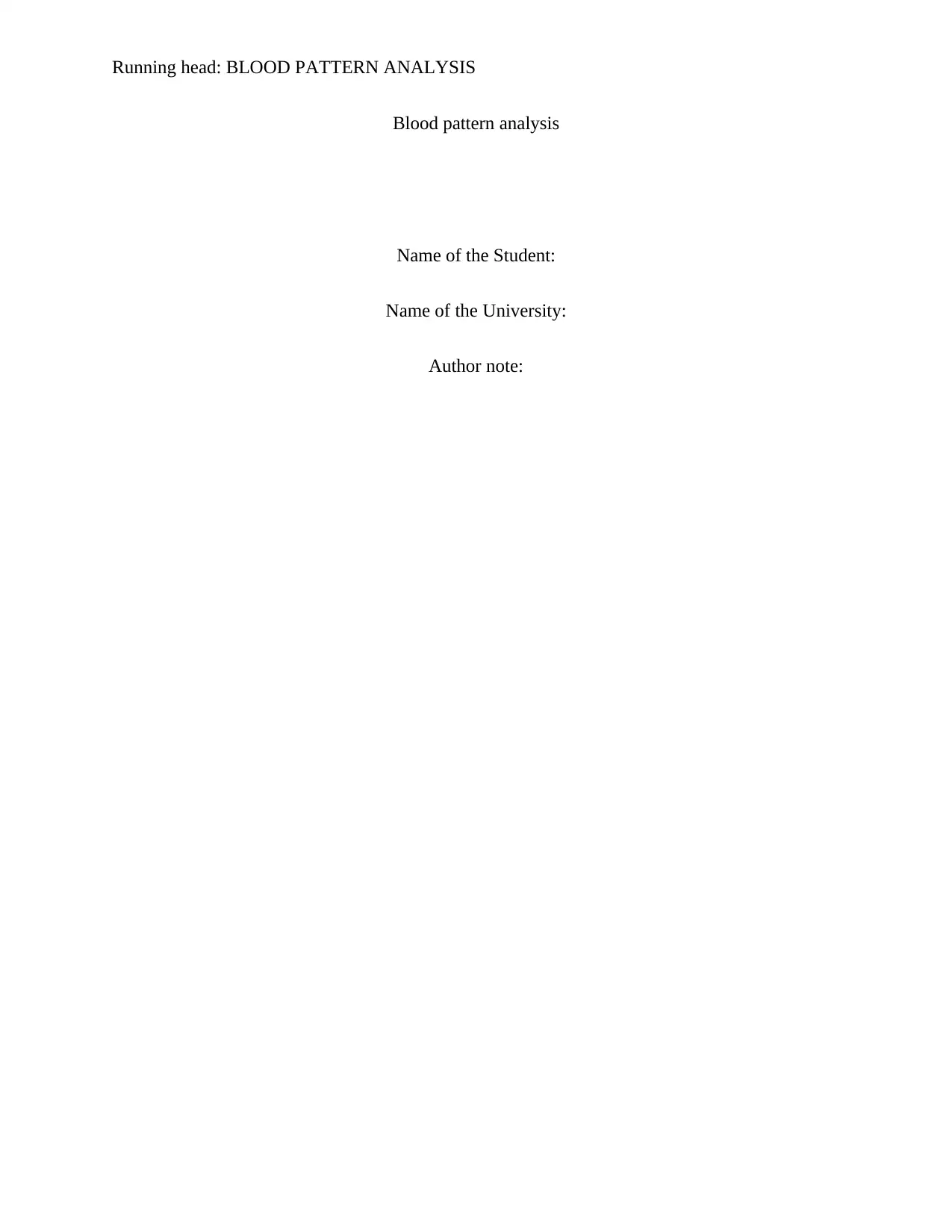
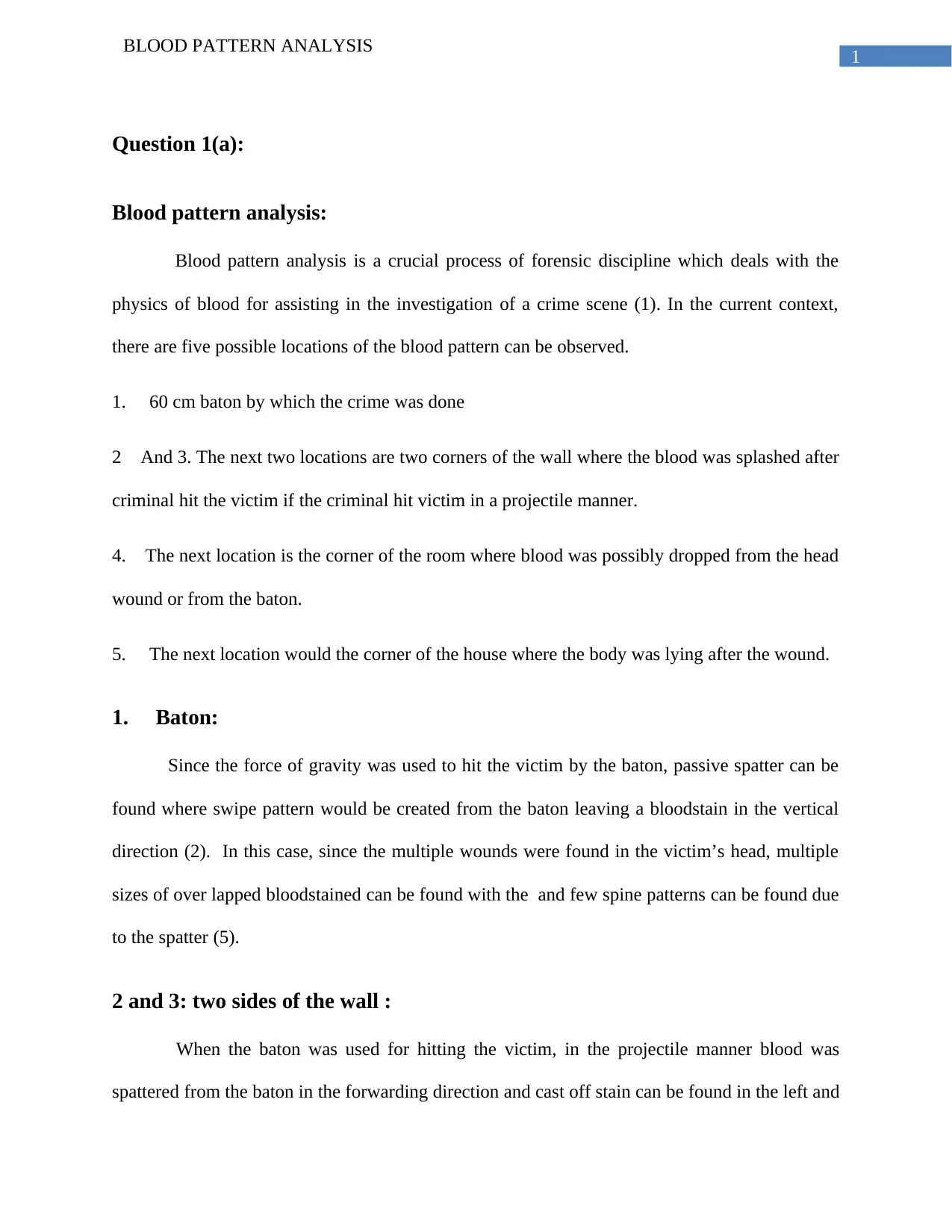
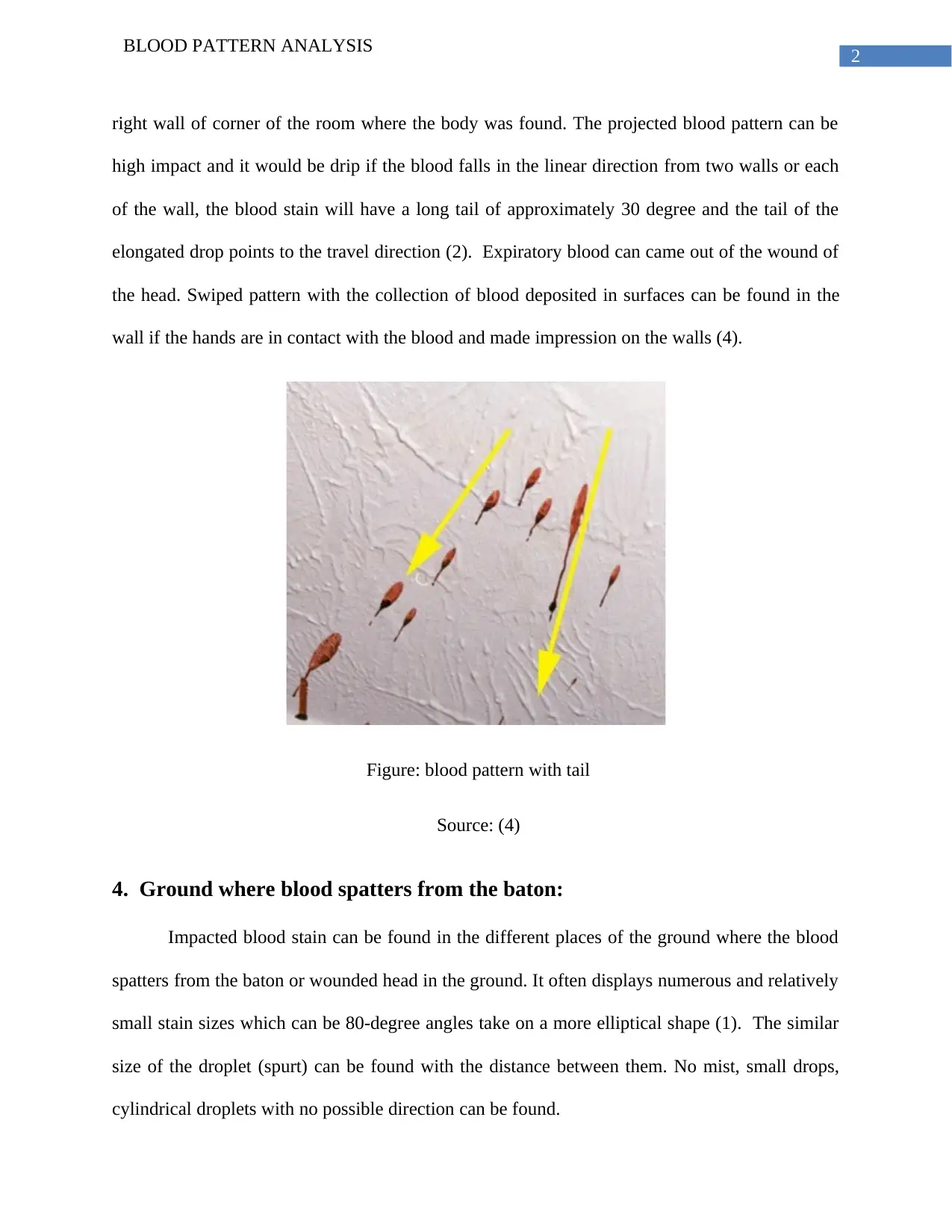

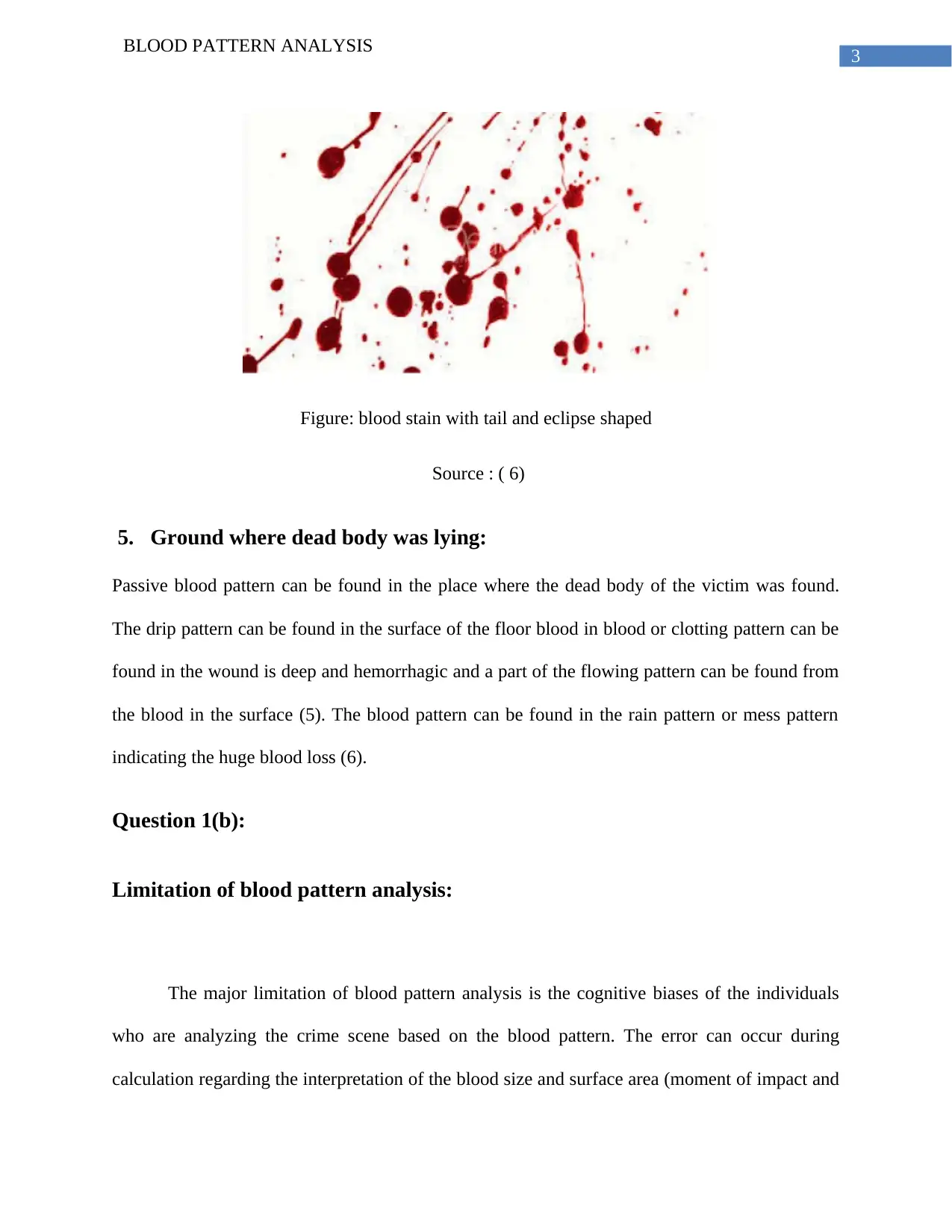
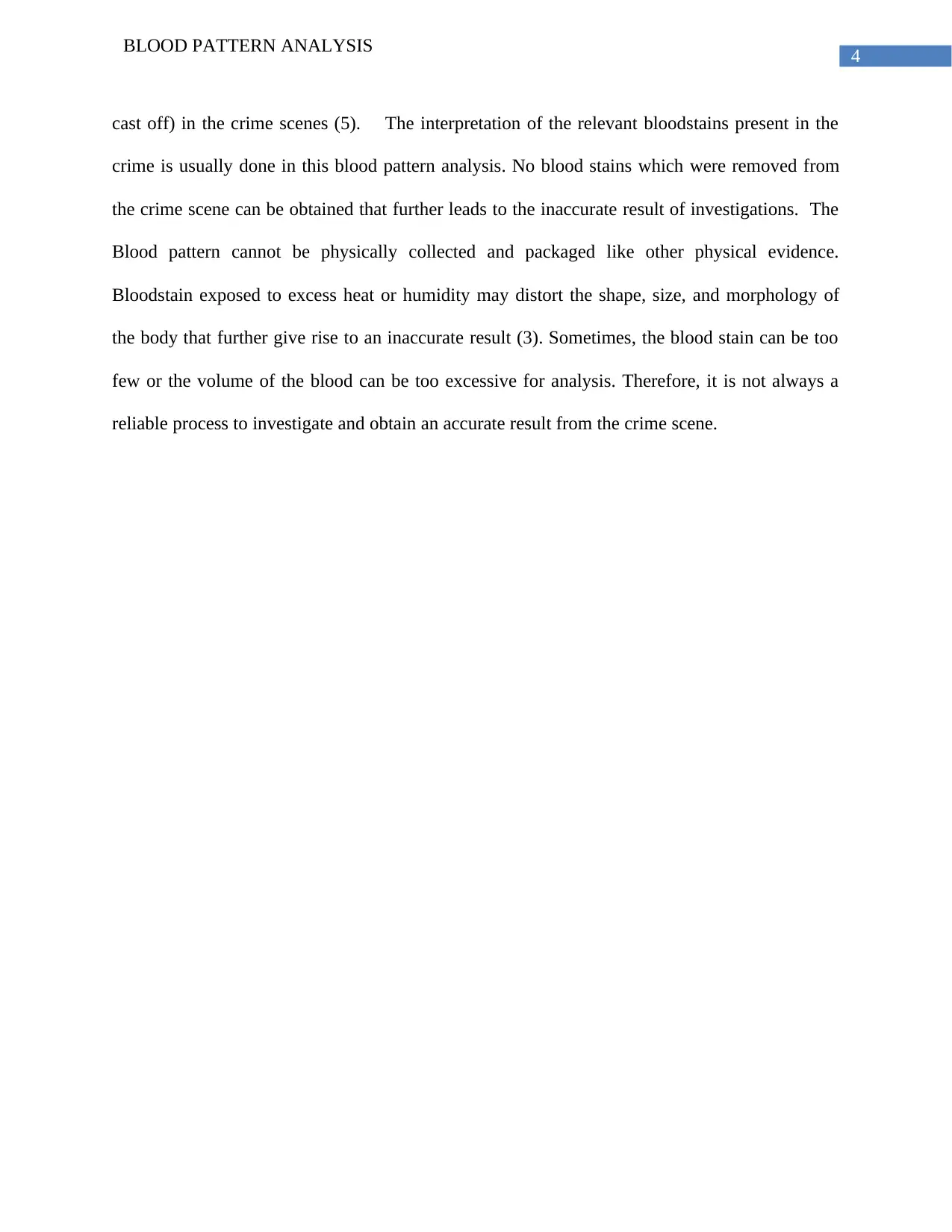
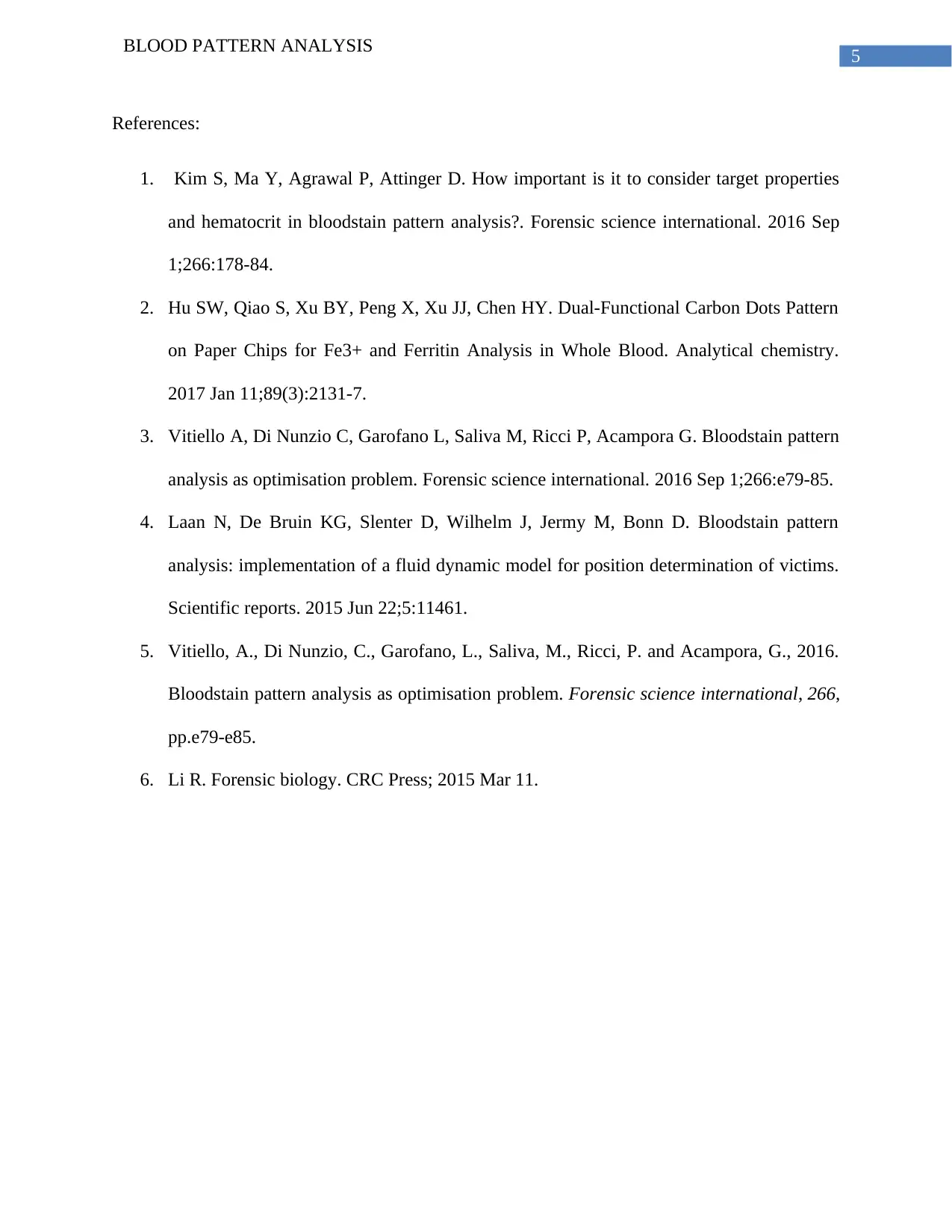
![[object Object]](/_next/static/media/star-bottom.7253800d.svg)